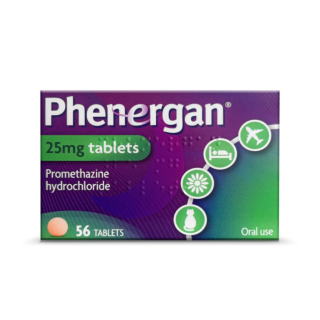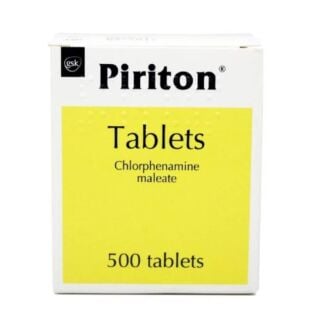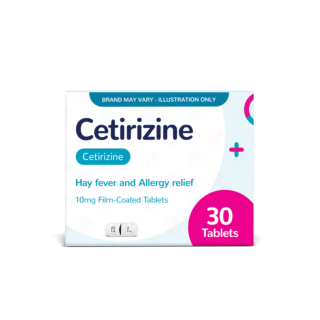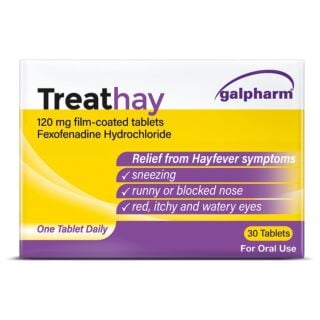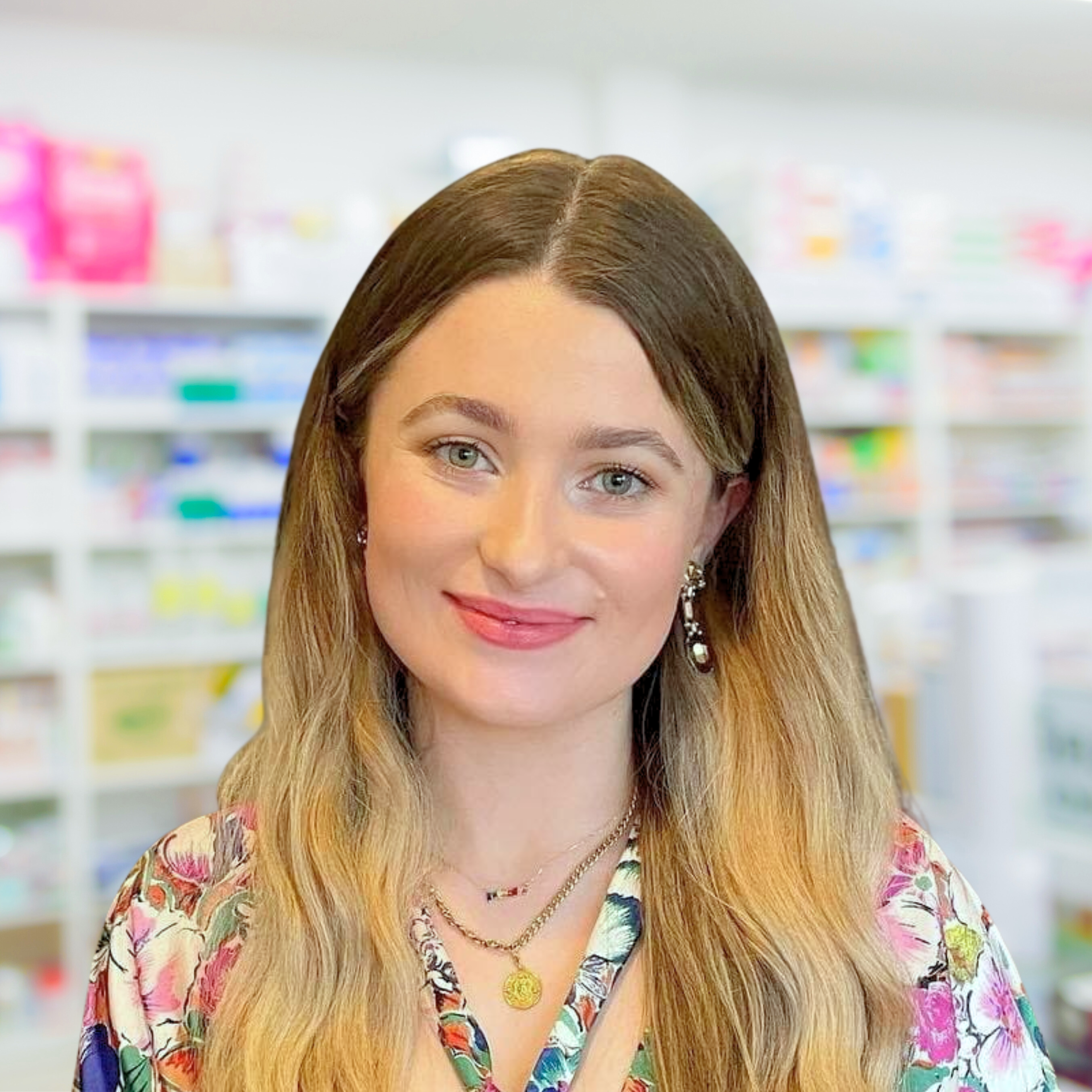The hay fever calendar

We’re all relieved to see the arrival of spring. We’re waving goodbye to the short, dark days and bitter winter temperatures as we step into the bright and blooming new season. But tagging along with spring is pesky pollen, which isn’t a welcome guest for everyone.
Many of us here in the UK are affected by the elevated pollen count, leading to uncomfortable symptoms like itchy, watery eyes, congestion and sneezing. This allergy is known as hay fever.
Don’t sneeze spring away - click the table below to discover when different kinds of pollen are at their worst, or keep reading to see when the highs and lows are of hay fever season so you can enjoy the outdoors, allergy-free.
Interactive Pollen Calendar
What is hay fever?
Hay fever refers to an allergy to pollen - in fact, it’s one of the most common allergies in the UK. Pollen particles swarm the air all year round, but it typically worsens when it’s warm, humid and windy between the months of March and September.
It presents symptoms similar to the common cold, however, hay fever can last for weeks and months at a time. If you suffer from asthma, hay fever may trouble you more, so always speak to your doctor or Chemist4U pharmacist for advice if you’re struggling.
You may experience the following symptoms:
- Sneezing
- Coughing
- A runny or blocked nose
- Red, watery eyes
- An itchy throat, mouth, nose and ears
- Loss of smell
- Pain in your forehead and temples
- Headache
- Earache
- Fatigue
Just like there’s no cure for an allergy, there unfortunately isn’t a cure for hay fever, either.
Don’t panic! There are plenty of treatments you can try to ease your discomfort when spring rolls around. We have a range of hay fever treatments for all the family, like antihistamines, syrups, decongestants and eye drops.
The highs and lows of hay fever
It’s important to note that while there are peaks and downfalls in the pollen count calendar, ultimately, it can depend on the day, too. Always check the pollen count each day to prepare for your outdoor activity.
There are many different types of pollen–from tree pollen to grass and plantain pollen–so if you really want to get to know your hay fever, it may be useful to discover which type of pollen you’re allergic to.
January - low pollen count
We’re about to make January even bluer. Yes, you can actually get hay fever in January when the hazel, yew, alder and willow trees wake up from their slumber.
Tree pollen affects around 25% of people and it’s the first type of pollen to arrive.
The pollen count is low, but if you’re sensitive to pollen, it may affect you and could be mistaken for the common cold!
February - medium pollen count
The pollen count is starting to peak in February with more trees joining the fray. In addition to the trees in January, we also have ash, elm and birch pollen circulating the air.
This is a good time to stock-up on your hay fever supplies to prepare for the big pollen hit in March.
March - high pollen count
March, the time where hay fever is at one of its highest points. The popular oak and plane pollen join the party and the elm, alder and willow remain, too.
The pollen party is becoming rather large, but thankfully, hazel pollen leaves in March.

April - high pollen count
Pine pollen arrives in April, while ash, birch, oak and plane pollen reach their peak. We’ve got good news though, because tree pollen season starts to draw to a close in April - hurray!
But with every ending there must be a new beginning. The nettle and plantain pollen come to town, with grass, oilseed rape and weed pollen emerging.
May - high pollen count
May is a busy season for pollen - we’ve got new, winding down and retired pollen. It’s the month for dock and lime pollen to shine, while pine, birch and oil seed rape reach their end. Oak and plane pollen begin to come down from their peak, too.
The pollen that causes the most allergies is grass pollen. So for many people, May is the time to keep those hay fever remedies close by because grass pollen is very high.
June - high pollen count
Oak, pine, oil seed rape and plane pollen ends, but grass pollen continues to skyrocket. Mugwort pollen makes its first appearance in June.
July - high pollen count
Grass and nettle pollen are finally on their way down and mugwort pollen begins to rise. The season of lime pollen comes to an end.
August - medium pollen count
It’s August and thankfully, the pollen count is beginning to wind down - however, there’s always a chance that weed pollen could still be high. You’re able to enjoy the sunny, warm weather (hopefully) with clear, refreshed eyes because the plantain season ends this month.
September - low pollen count
September marks the end of the grass and nettle pollen, but many people may find they’re stuck with the sniffles from the lingering weed pollen. Nevertheless, hay fever season is nearing its end, so why not open the windows and venture outdoors to get one last look, smell and touch of summer before it vanishes into the crisp, golden colours of autumn.
It’s the ideal time to reshuffle your medicine cupboard from hay fever treatments to cold and flu treatments - we know, it never ends!

Spring is a refreshing change from those winter blues, so don’t let hay fever stand in the way of your outdoor activity - plan ahead.
Don’t just use our helpful guide as your only reference. It’s important to check the pollen count each day for an accurate measurement of the pollen count.
Pollen is everywhere, even if the pollen count doesn’t seem high. If you’re affected by hay fever, always keep a reliable hay fever treatment near to manage a flare-up.
If you need any more information about hay fever, visit the NHS website.

